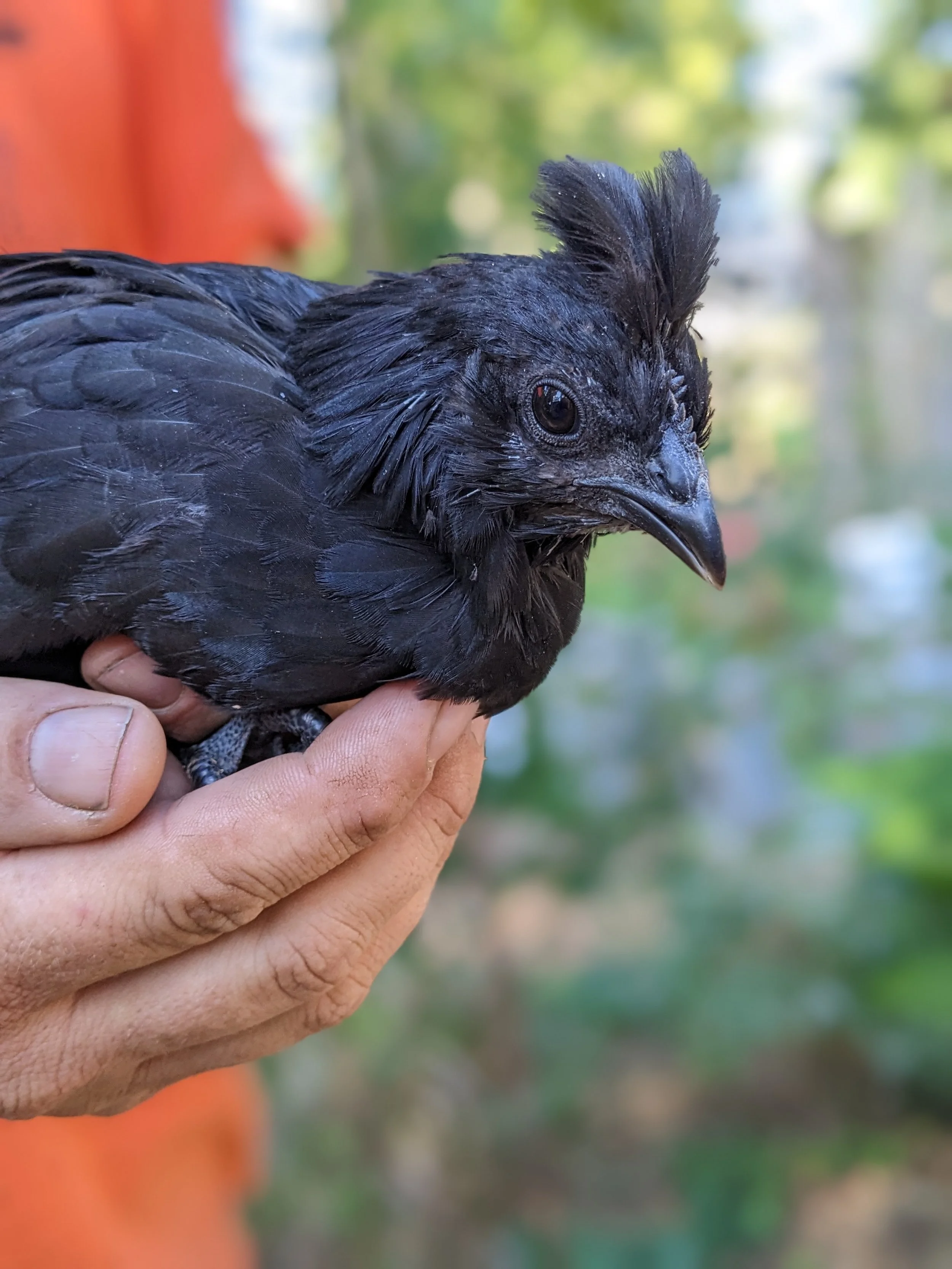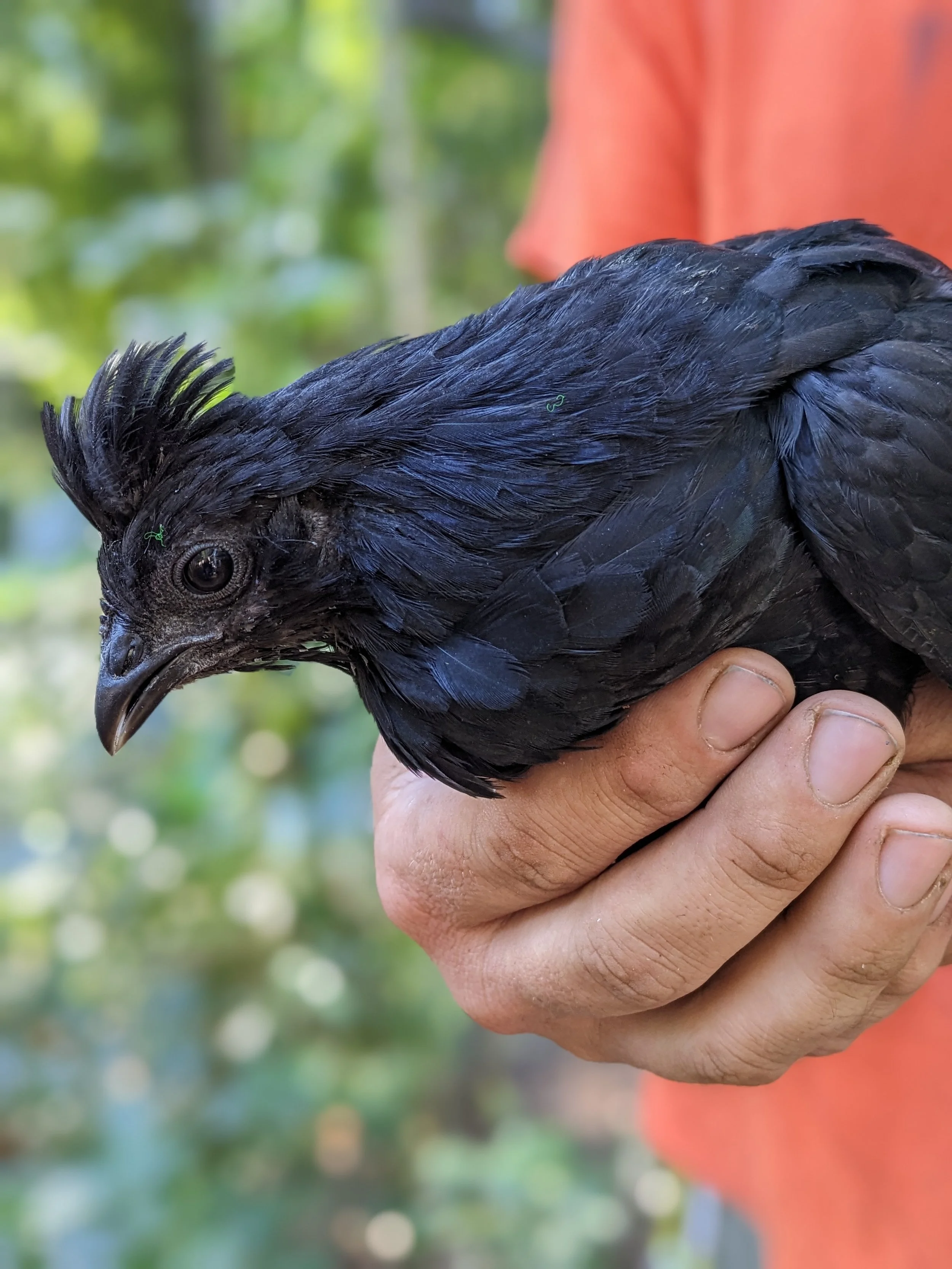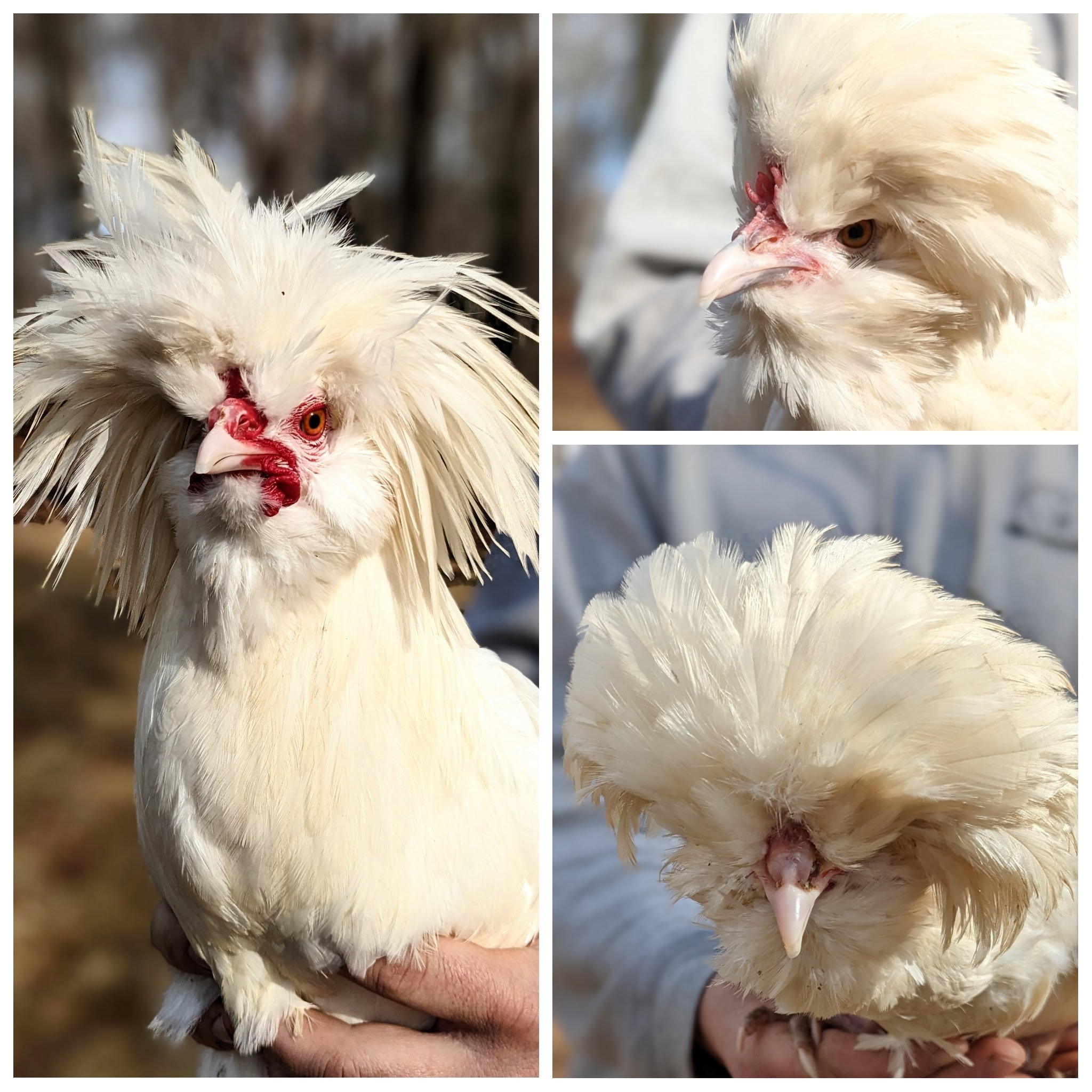Hatching Egg Terms of Use
We guarantee that the same fresh eggs that go into our own incubators will go into yours. We ship our eggs through the USPS via Priority Mail. You will always get a tracking number attached to your order.
Shipping eggs is a very difficult thing to do, and as such, we cannot control the handling, temperature or duration of the trip once they leave our farm. Some eggs will not recover from shipping even if they arrive intact and it can and will effect the fertility rate / hatchability of the eggs. The weather is especially hard on the eggs as they can get too hot or too cold in transit. Please keep in mind the limitations of the eggs as well as their handlers when you consider buying shipped eggs.
The USPS will allow you pick up in office but only if you leave your phone number with your order By adding your phone number, you authorize us to advise your local agent to call you when the eggs arrive as the last few miles of their trip are often the most rough. This is up to your local Post Office to enforce, we have no control over their willingness to hold the package.
We try to include extras in every box - provided there is room to add them – to account for breakage during shipping.
We cannot guarantee hatch rates!! There are many factors that affect the viability of hatching eggs, and since we do not have control of the USPS handling of the package, or your own incubating practices we cannot guarantee hatch rates.
We do guarantee that you will receive the eggs you ordered intact. If the eggs arrive damaged we will do a ONE time replacement or refund and we will not refund or replace after the ONE time refund. Photos will be required of the box, inside and out, and of the broken eggs in and out of the packaging material.
If you have any questions, contact us at oldreddingfarm@gmail.com.
Introduction to Hatching Chicken Eggs
Welcome to the world of hatching chicken eggs! This comprehensive guide offers step-by-step instructions to help you navigate the fascinating process of incubation and hatching. From selecting the right eggs to caring for the newly hatched chicks, this guide will provide you with the knowledge you need for a successful journey.
Setting Up the Incubator: Creating the optimal environment in your incubator is essential. Ensure accurate temperature and humidity settings to mimic the conditions required for successful incubation. Place the eggs in an egg tray or carton, and establish a consistent turning schedule.
Incubation Period and Turning: Throughout the incubation period, diligent monitoring of temperature and humidity is crucial. Regularly turn the eggs multiple times a day to prevent the embryos from adhering to the shell, ensuring uniform development.
Candling and Development: Around a week into incubation, employ a candling light to assess embryo development. Identify non-viable eggs and remove them to maintain optimal conditions for viable ones.
Lockdown and Hatching: As day 18 approaches, halt the egg turning process and increase humidity levels. Watch for signs of pipping, indicating that chicks are ready to hatch. Assist if necessary during this critical phase.
Caring for Newborn Chicks: Upon hatching, provide a warm and secure brooder environment. Offer clean water and high-quality chick starter feed to ensure healthy growth. Regular observation is essential as the chicks mature.
Transitioning Chicks to the Coop: Gradual transition from the brooder to the coop is essential for a smooth integration. Ensure a clean coop environment and consider careful introductions if you have an existing flock.



















